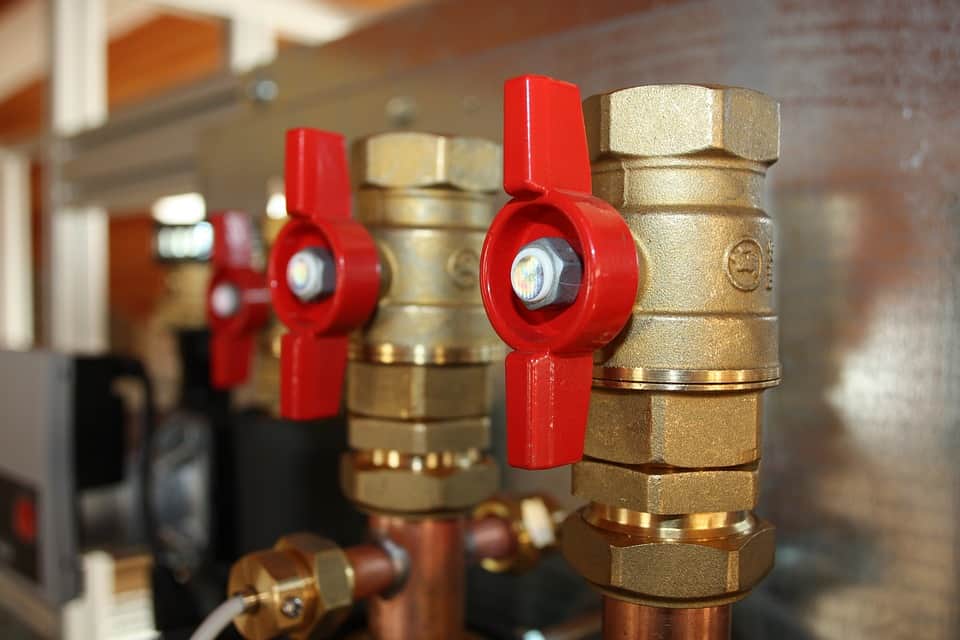Traditionally, to improve the machinability of brass and other metals, small amounts of lead are added to lubricate cutting tools and enable chips to flow freely. In certain applications such as components that come into contact drinking water, however, regulations restrict the use of lead in all materials. To support public health initiatives around the world, the brass industry proactively developed a variety of “lead-free” alloys that are suitable for a wide range of parts. These alloys cut differently than leaded alloys – and therefore require different machining strategies.
It’s no surprise that running lead-free alloys with the same old machining parameters, cutting tools and manufacturing techniques that were optimized for free-machining leaded brass can present production challenges and increased operational costs. Instead, extensive research has shown that the machinability of lead-free alloys improves significantly at higher metal removal rates – and many of the typical challenges associated with the materials can be overcome with more aggressive machining parameters and faster, more powerful machine tools. With modern machining solutions, shops can tap into the high-speed machining capabilities of lead-free alloys and offset the raw material costs with higher throughput, increased production capacity, longer tool life, lower per-part costs and higher scrap value compared to alternative materials like steel and stainless steel.
Of course, to achieve the best results, manufacturers should evaluate the different types of lead-free alloys that were developed to meet different cost, performance and design needs. Today, numerous lead-free brass solutions are readily available that meet U.S. and European lead-free compliance requirements in regulated markets to ensure OEMs have multiple options to choose from to meet their application needs.
The high-speed machinability of these materials has been shown in repeated case studies. This includes a production-scale example demonstrating that an 8-hour shift of continuous production of lead-free brass parts can be run on a single set of tools at the maximum permissible speeds on a modern machine tool with minimal tool wear. In the case study, a production rate in excess of 112 parts per hour was achieved with a common lead-free alloy (C27450), representing a nearly 40% increase in productivity compared to the conventional speeds recommended in machining handbooks. And for further increases in productivity, alternative machine tools with higher speed capabilities could push cutting speeds on lead-free alloys significantly higher.
By optimizing part-production processes for lead-free alloys with modern, high-speed machine tools and techniques, shops can increase profitability, offset raw material costs and overcome common machining challenges. And with multiple lead-free brass rod alloys to choose from, manufacturers can easily find cost-effective solutions for their part-processing needs.


Recent Comments